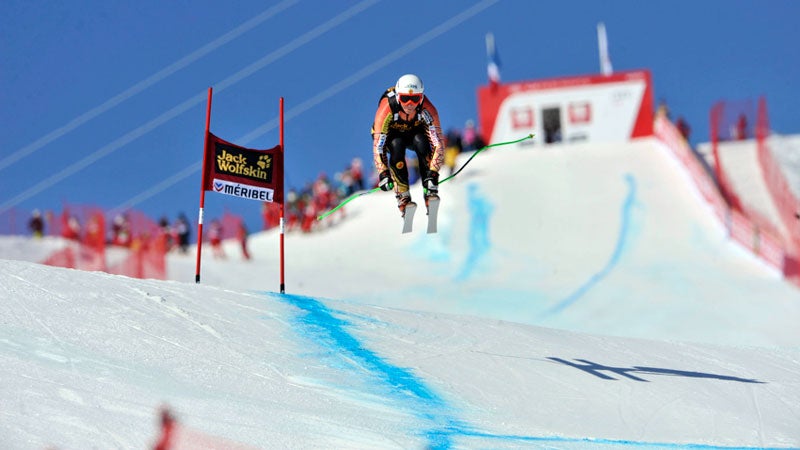For many Olympic hopefuls vying to qualify for the Sochi Games in February, it’s easier to qualify for the games than to foot the Olympic-size cost required to compete in the first place.
Following the 2010 Vancouver Games, many national skiing federations trimmed budgets amid declining corporate sponsorships, and athletes felt the pinch. Former U.S. ski coach Greg Needell told that there are 20 to 30 Olympic-caliber alpine skiers around the world struggling to cover their training and competition cost as they try to travel to, and race in, qualifying events.
One of the those athletes is Canadian downhill ski champion , who placed seventh in a World Cup downhill race in Lake Louise, Canada, on December 6. After losing national team funding in April, she has raised $142,000 in corporate sponsorships on her own. Since Vancouver hosted the 2010 Games, Calgary-based annual sponsorship income fell about 25 percent, Bloomberg reports.
U.S. athletes have felt the pressure, too. After years of decline starting in 2009, the USSA has only recently seen a 1.6 percent increase in corporate sponsorship funds, according to data from its annual reports. Spokesman Tom Kelly, told Bloomberg most of the 54 skiers on the U.S. team pay some of their travel costs—typically $20,000 a year—out of their own pockets.
There are, however, new, creative, crowd-source solutions. , who is expected to represent the United States in women’s ski jumping, told her travel, equipment, and lodging cost her $85,000 per year. For support, she turned to online crowdfunding. On , a kind of KickStarter for athletes, she raised more than $20,000 from 60 donors.
“These are world champions begging for two dollars to do what they love,” Bill Kerig, who launched RallyMe.com, told The Post. He estimates that the site features about 100 Olympic hopefuls.


